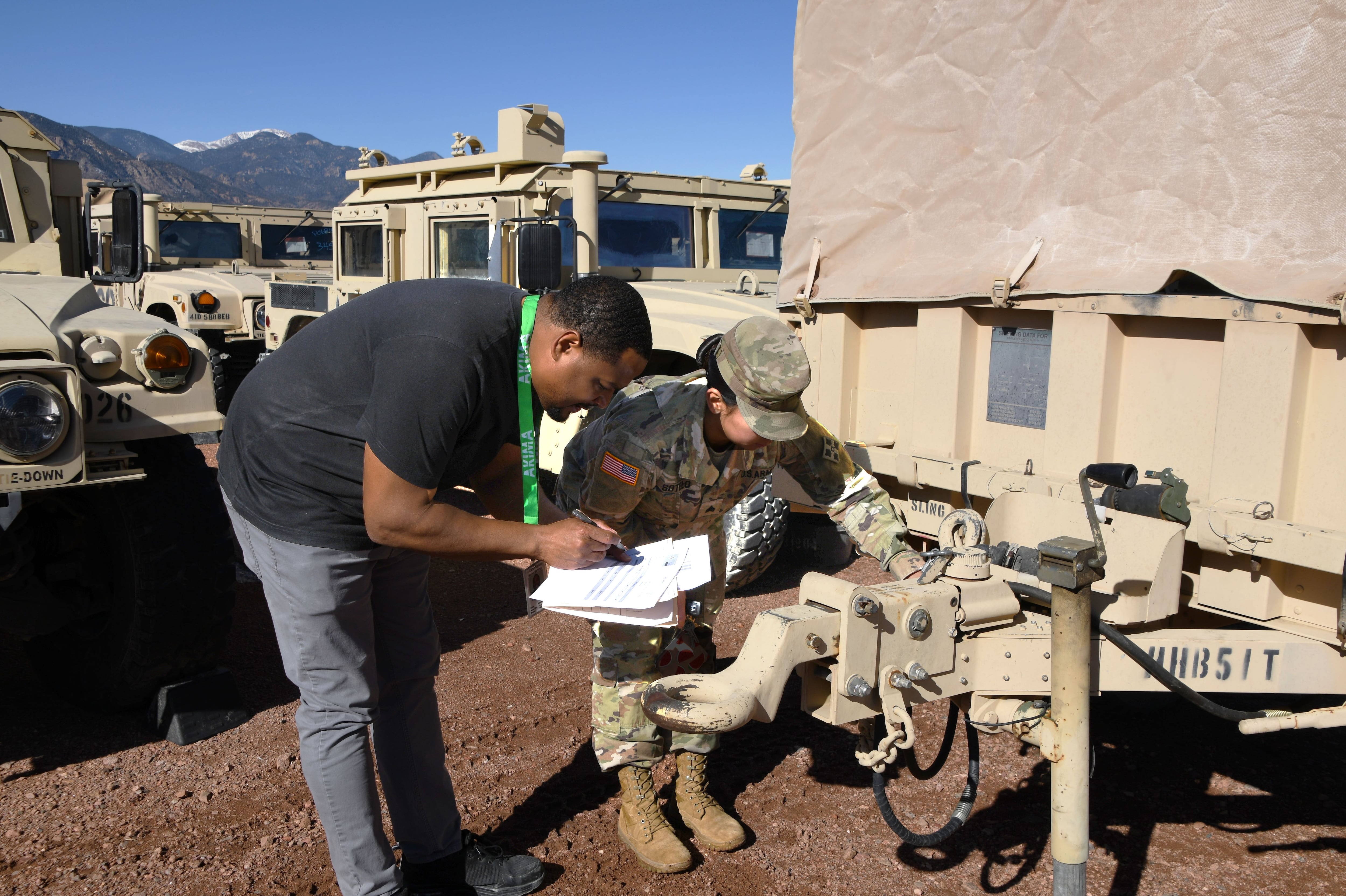“The generator is down, and we don’t have enough ice to continue icing the remains of soldiers killed in action. How much longer, ma’am?”
That’s the message I received while deployed to Balad, Iraq, as an Air Force second lieutenant. I was overseeing generators in theater, and the one powering the mortuary facility had failed. The clock was ticking. I didn’t have HVAC expertise or the necessary parts. The only viable backup generator was on the other side of the country.
I had two choices: initiate a long contracting process to hire a civilian technician, or send a convoy across Iraq for the backup unit — risking lives to get it there. We chose the convoy. We got lucky.
But what if we hadn’t?
That question — what if — has stuck with me. Because this wasn’t a theoretical delay. This was a real moment where a failure in repair readiness jeopardized our ability to care for the fallen with dignity and speed. And I know it wasn’t the only one.
That’s why I support the right to repair.
I’ve lived what it means when a piece of equipment fails at a critical time. I know how far away contractors can be when you need them most. And I know what our service members are capable of — if we trust them with the tools and training to do the job.
Military right to repair means giving service members the ability to fix their own gear — on base, in the field or downrange — without having to wait on outside contractors. That includes access to the tools, parts and manuals they need to do the job. Right now, private companies can put restrictions on military equipment that block troops from making even basic repairs. That slows everything down, costs taxpayers more, and in the worst cases, puts lives at risk.
This year, Congress has a chance to change that.
Thanks to a growing, bipartisan push — including new legislation led by Senators Elizabeth Warren, D-Mass., and Tim Sheehy, R-Mont. — right-to-repair reforms are being considered in the National Defense Authorization Act (NDAA). These two senators, from opposite parties, have made it clear: The Pentagon is wasting billions, and service members are bearing the cost.
Including the Warrior Right to Repair Act in the NDAA is a critical step forward for readiness, national security and the safety of warfighters downrange, and it’s taxpayer friendly.
Mission readiness depends on the ability to make repairs in the field. Service members need the tools, parts and authority to make immediate fixes themselves, without having to navigate red tape.
When our military relies too heavily on private contractors for basic maintenance, that dependence gives outside companies leverage over military operations, introducing profit motives into urgent repair decisions. Our armed forces should operate on military timelines — not corporate maintenance schedules.
Warfighter safety is directly tied to the reliability of our gear. In high-risk environments, a delay in repairing a critical piece of equipment can mean the difference between life and death.
Right to repair is smart, responsible fiscal policy. Sustainment costs can represent up to 70% of a weapons system’s lifetime expense. When troops are blocked from doing basic repairs, costs increase and transparency disappears. That’s a waste of taxpayer dollars.
Finally, repairing our own equipment is critical to inculcating and maintaining a military culture of adaptability and self-reliance. We train service members to be problem solvers. Empowering them to repair their own gear isn’t just smart policy — it reflects the values we instill in every recruit. Right to repair honors that ethos and ensures we treat service members like professionals, not passive end-users.
We wouldn’t tell a Marine they can’t clean their rifle without a manufacturer present. So why are we telling our soldiers, sailors, airmen and Marines they can’t fix a comms system or power supply?
I’m grateful that, in that moment in Iraq, we had a backup option — even if it meant launching a risky cross-country convoy. But what if we hadn’t? What if that second generator didn’t exist or wasn’t reachable in time? Without immediate repair options, the remains of our fallen could have become unrecognizable. The families who entrusted us with their loved ones would have suffered consequences that no one should have to imagine.
That’s what’s at stake when service members can’t repair the equipment they rely on. It’s not just about saving money or avoiding delays — it’s about honoring our dead, protecting the living and giving our troops the flexibility they need to do the right thing when it counts. Right to repair is about readiness. It’s about humanity. And it’s long overdue.
That’s why I’m calling on Congress — and especially House Armed Services Committee leaders like Alabama Republican Rep. Mike Rogers — to include military right-to-repair provisions in this year’s NDAA by supporting the bipartisan Warrior Right to Repair Act.
Retired Lt. Col. Cindy Serrano Roberts is a combat veteran after 21 years of service. As a community leader, she has served as a national council member of the United Nations Association (U.S.) and serves as a consultant to the United Nations Human Rights Council and Economic and Social Council. Cindy is a military family policy advocate and has led policy overhauls as an active duty service member and spouse within the Department of Defense. She is a Truman National Security Project political partner and leads their Women’s Affinity Group.





